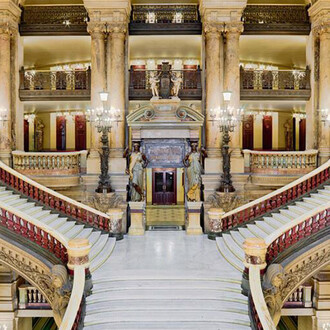Sirona Fine Art welcomes Hollis Dunlap for his second solo show in South Florida. Dunlap began showing his work at a young age with Sirona’s gallery director at a gallery in New York City over a decade ago, and it is an honor to continue that representation of such a serious artist, whose skills only deepen through the years. Dunlap describes his new works as a continuation of his search into his skills and passions as a painter. His works are not political or concept driven, yet still there is an abstract symbolism that he tries to achieve with color and composition. One of the ways that Dunlaps work has evolved is a deliberate flattening of the background space, an interplay of areas of pure paint and areas of carefully resolved and rendered form.
There are newer ideas of color here, an attempt more to inject colors from Dunlap’s mind’s eye rather than being subject to his keen and masterful observational skills. There are some not obvious inspirations such as classic album covers, influenced by both music and psychedelic color vibrations. You can see the sculptural influences in building the form from the artist’s lifelong influence of Michelangelo, as well as Diebenkorn, Kokoschka, Van Gogh. Dunlap also notes Euan Uglow for his use of space, color and formal composition, and his appeal to more cerebral realist painters who create works as much from the inside as what the eye perceives.
There is an intentional centering of the figures to present them as more as symmetrical iconic forms and not to focus on any dynamics of point of view or cropping the form. This allows the concentration on the surface, the paint application and a nearly counter-intuitive use of brushwork. There is a kinetic movement to the chromatic mark-making that sculpts forms into a painted space that is held together by personal and considered choices of chroma and tone. Though expertly skilled and able to work photographically accurate, Dunlap says that he doesn’t want to show every blade of grass, or every strand of hair, just the beautiful and interesting blades and strands.
Though Dunlap doesn’t want to be seen as an academic realist, he also resists some contemporary elements that are ironic or obviously constructed for shock value. His attempts are to be sincere in his work, with figures that are naturalistic in their depicted surroundings. Once again citing Michelangelo as an influence, many of the new figures are presented in a way that is not typical of a male artist’s gaze, in poses that are not dependent on the model being male or female. The emotions that Dunlap wants to connect to the viewer are related in the expressions in both the gesture and faces of the models, of a sense of meditativeness, lost in thought, quiet and reflective moments. It is a proper summation of the way Dunlap has conducted his approach to making art, in a concentrated and sublime way, a visual intellectual who speaks in a silent language of form and color that he has spent his entire lifetime creating.









